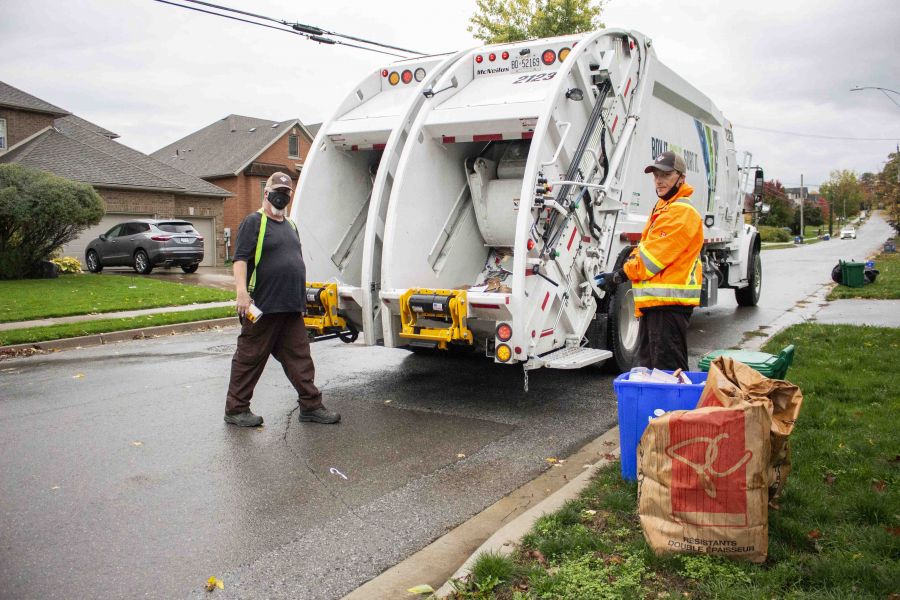Kyra Simone is a NOTL-born nature lover with a master's degree in biology. In her spare time, she advocates for sustainable change, picks up garbage, makes recycled jewelry, and transforms furniture bound for the landfill.
Kyra Simone
Special to The Lake Report
This week's switch to every-other-week garbage collection can be a blessing in disguise. Through simple actions that reduce garbage output, you will save money, reduce environmental impact and even build community.
More than half of material put out to the curb in Niagara ends up in landfills, regional statistics show. Recycling and organics programs are underused and this improper sorting means garbage dumps fill up rapidly.
About 70 per cent of municipalities of similar size or larger have adopted less-frequent garbage collection; Niagara Region is now following suit.
This small change does not affect recycling and organics collection. Houses can still put out unlimited yard waste and blue, grey, and green bin material weekly.
When we consciously sort waste, our taxpayer dollars go further; landfills have a longer lifespan and release fewer toxic byproducts. The region then also recovers more revenue from the sale of recyclable materials.
Don't Soil the Bin: Most people believe organic waste decomposes and becomes soil, but this can't happen when it is buried by garbage.
In landfills, organics release methane because they do not get enough oxygen to fully decay. Methane is a stronger greenhouse gas than carbon dioxide. It keeps more heat in the atmosphere and leads to a warmer climate.
Organics placed in the green bin are processed with proper oxygenation, which reduces methane emission and produces nutrient-rich compost for local growers.
Green bins accept more types of waste than backyard composters, including bones, meat, dairy, cooking grease, pet waste and cat litter.
Some green bin items that might take up space in your garbage: teabags, paper plates, cardboard with grease or food residue and paper towels.
A Quick Audit: If your bin is overflowing each week, there's almost certainly a way to turn this into savings.
Pre-planning meals ensures that fresh purchases are used before expiry. It's best to avoid Costco-sized packs unless you plan to make a dish with them within a few days.
Your wallet also takes a hit with heavily packaged items. It's less expensive to buy one large container, of yogurt for example, than many single portions.
Bulk dry goods are more cost-effective than individually packaged counterparts. You can even purchase bulk household cleaners and bath products from “refilleries,” like NOTL's own littlegreenshop.org.
Ditch the Disposable: While upfront cost can be higher, durable reusable alternatives save you money in the long run.
A household spends more than $100 per year on paper towels if they use one $2 roll each week. A $20 set of eight cloth napkins can be rotated and washed after use, and will last many years.
Ziplock bags are easily replaced by Tupperware. Plastic cling wrap can be swapped for beeswax wraps that support local bee farmers.
In the morning, loose tea in a metal ball can replace teabags and fresh ground coffee deserves a French press or cloth filter.
Keep on Giving: Donating items is inherently rewarding, but can also have tax benefits. Put objects that are still useful but not “sellable” on the curb (not on garbage day) or post in NOTL's popular Buy Nothing Facebook group.
You'll be surprised what people take off your hands: cosmetics, surplus food from events, plants, or furniture in need of repair.
All in all, producing less garbage is a clear way to give back – to yourself and fellow Niagarans.










